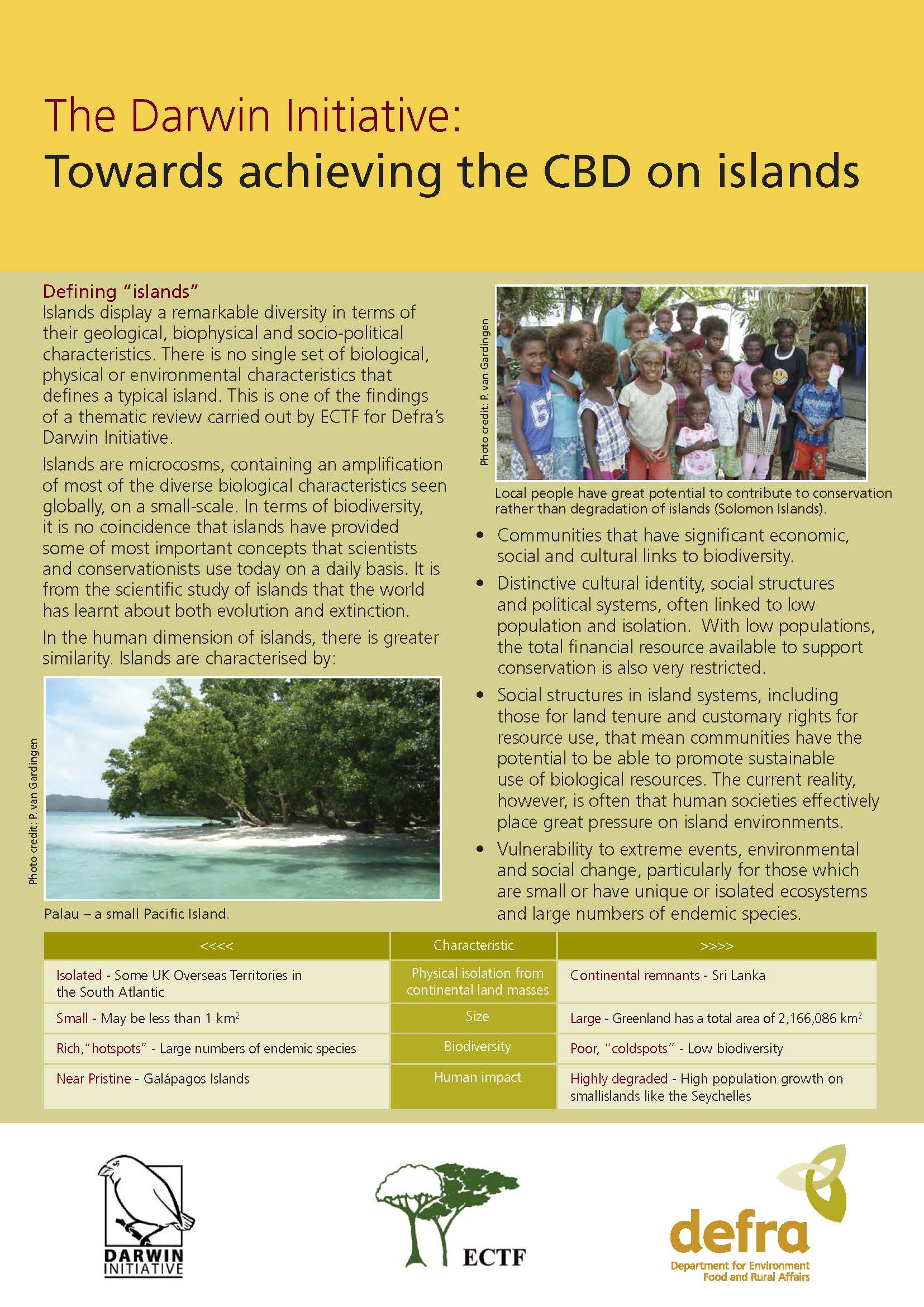Communicating research is an important activity that influences the way that research can influence others and affect change in the world. The impact of research is completely dependent on effective communication.
Whilst most people will agree that communication is important, there is much less agreement about what effective research communication should be.
My approach to research communication is based on the answering the following 5 questions:
- Why communicate?
There are usually two reasons from most academic perspectives: (1) to enhance research update and impact; (2) to raise profile and enhance reputation of researchers and their institution - What are you trying to change?
This could be a global challenge that needs to be addressed, but it can be equally important to advance global understanding and knowledge. - Who needs to know to affect change?
Researchers often focus on the ultimate intended beneficiaries (e.g. a poor community) or at the other end of the spectrum politicians and policy makers. There is growing evidence that there is a wider range of influencers that researchers need to reach. My work on Theories of Change described in the Monitoring, Evaluation and Learning section of this website provides an insight into stakeholder analysis. - What do they need to know and in what form?
This is a question that many researchers don’t ask, instead assuming that a copy of an academic paper and occasionally a policy brief will be adequate. Researchers need to learn from other sectors in society and become better informed in what is communicated to target stakeholders. - How best to communicate?
Researchers are now using a much wider range of communication methods, but often are poorly informed about which are most effective, at least beyond communicating with other researchers. This is again an area where researchers can learn from other sectors.
The following sections provide a brief overview and some examples of approaches that I have used in my own work.
pvgglobal
The pvgglobal.uk website has been designed to provide information about my research to key stakeholders building on my experience detailed below with the ESPA programme and Darwin Initiative. The website has been designed to provide a flexible way to access information that can enhance both awareness of my work and its impact in the world.
In keeping with the approaches I developed for ESPA and the Darwin initiative information is linked through five features:
- Partnerships.
- Projects.
- People.
- Products (Publications, to be expanded)
- Results (Under development)
 Ecosystem Services for Poverty Alleviation (ESPA)
Ecosystem Services for Poverty Alleviation (ESPA)
Within the ESPA programme, communications were coordinated by the ESPA Directorate. Communication was one of four core activities in ESPA’s initial Impact Strategy and was also strongly represented in the programme’s Theory of Change adopted in 2016. The programme provided useful guidance on how to use the Theory of Change tool in academic research.
As ESPA Director, the role of effective communication to enhance research impact was a common theme in many of the external presentations that I made. Two are highlighted here:
- A presentation and panel discussion at “Communicate 2011” organised by the Bristol Natural History Consortium.
Blog published on the ESPA website. - A presentation made to the World Bank’s WAVES Initiative (Wealth Accounting and Valuation of Ecosystem Services) sharing ESPA’s lessons on communicating about ecosystem services
WAVES.
Presentation (video: 20 minutes)
The ESPA programme also published a several series of documents during its lifetime to meet the needs of different stakeholder groups. Follow the links below for some examples:
- ESPA Evidence Notes
- ESPA Impact Notes
- Supporting documents for ESPA projects
 Darwin Initiative
Darwin Initiative
The Darwin Initiative for the survival of species is a UK Government initiative that was launched at the Rio Earth Summit in 1992. The Darwin Initiative was originally tasked to provide science-based advice that contributed to the Convention on Biological Diversity (CBD) that was a major outcome from Rio ’92.
 One of the projects that I implemented through the Edinburgh Centre for Tropical Forests was to lead the Technical Advisory Group for the Initiative’s Monitoring and Evaluation Project, and to design an information system to collate and synthesise information to enhance impact. Policy makers at that time were asking for higher-level (programme level) analysis of results from their major research investments. The principles of the resulting Darwin Information System remains in use after 15 years and was replicated in a more advanced version for ESPA.
One of the projects that I implemented through the Edinburgh Centre for Tropical Forests was to lead the Technical Advisory Group for the Initiative’s Monitoring and Evaluation Project, and to design an information system to collate and synthesise information to enhance impact. Policy makers at that time were asking for higher-level (programme level) analysis of results from their major research investments. The principles of the resulting Darwin Information System remains in use after 15 years and was replicated in a more advanced version for ESPA.
The initial application of this approach was communicated to members of the CBD in 2007 when I produced a comprehensive review of the Darwin Initiative’s projects on islands, combined with a much shorter summary document that was launched at a CBD event in 2007.
The key lessons from this process were the following:
- The need to capture the outcomes and impact of research projects (and publications) in a way that facilitates subsequent higher-level analysis.
- The value of comprehensive reviews on a topic to provide evidence that extends beyond single projects and is supplemented by a combination of quantitative and qualitative analysis.
- The need to produce a separate summary brief based on the main analytical document that covers the main points for decision and policy makers with reference to source materials (e.g. the main report, its sources and further electronic information).
These lessons were applied to the ESPA programme and contributed to the significant impact of that programme.